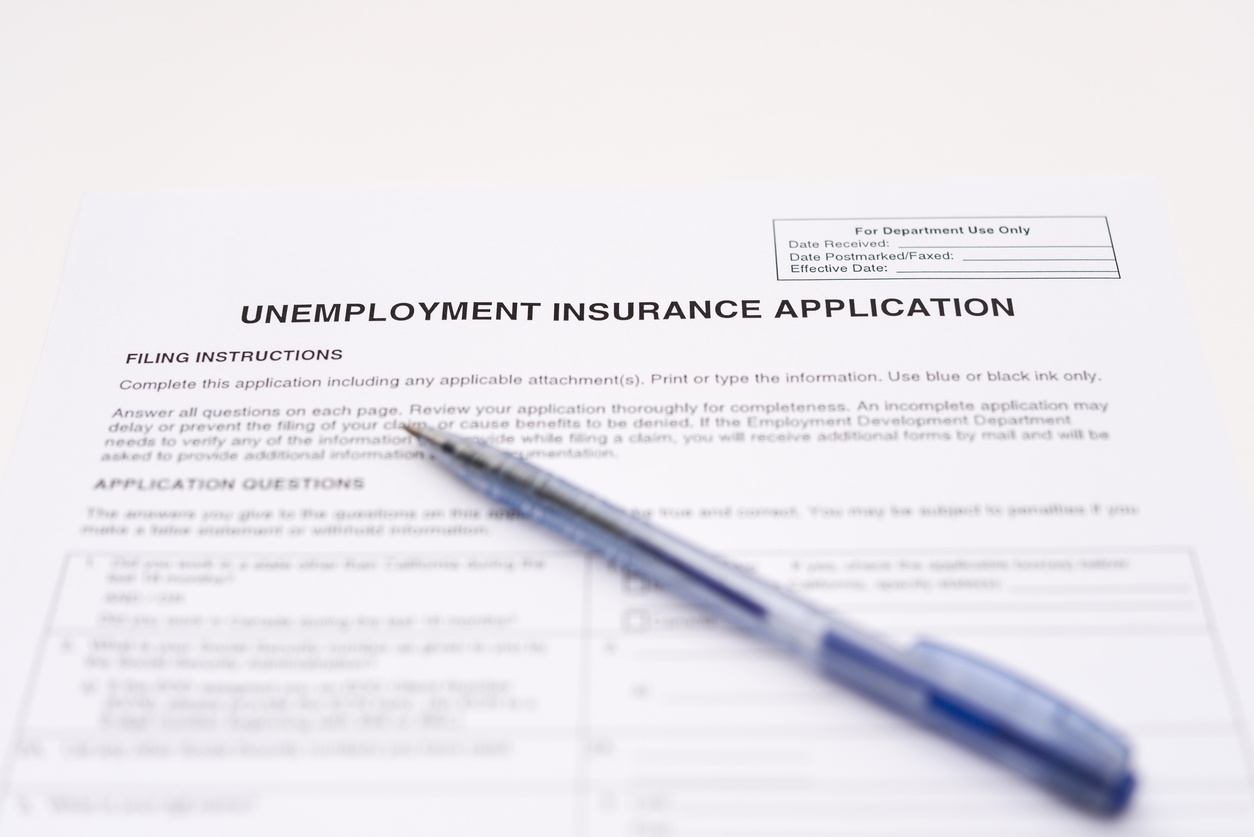Labor costs and regulations are always changing. Therefore it’s important to stay on top of the trends. Especially in a business that handles hundreds, or thousands, of employees, it may be worth outsourcing your human resources tasks.
Professional Employer Organizations (PEO’s) can help manage a company’s employee payroll, benefits, regulatory compliance, and unemployment costs. Working through a co-employment arrangement, the PEO shares employee risks and liabilities with the business. In many cases, multiple PEO clients are pooled together under one Federal Employer Identification Number (FEIN) saving the businesses they work with more money.
Here are some best practices for professional employer organizations:
Promote Your Ability to Mitigate Unemployment Costs
“A chain is only as strong as its weakest link” is a popular proverb which relates to an organization being only as strong as its weakest person. This speaks volumes to PEO’s and their clients in regards to unemployment. Although both parties should want to mitigate unemployment insurance, a lot of times the client is doing things that cause them to lose protests and increase rates.
This is where a PEO can help in its ability to track unemployment claims, protests, and costs. Not only does that help a business’ bottom line, but it also gives them a competitive advantage by allowing the PEO to pinpoint problems and offer solutions to the client’s management practices.
Relay Other Cost Savings PEO’s Give Their Clients
Not only can a PEO help a company save money on unemployment insurance due to the client being listed under the PEO’s federal ID, but companies can also receive workers’ compensation discounts and overall lower group insurance rates when paired up with a PEO. Even though a client is paying a PEO for its services and benefits, this is an opportunity to relay the services fees against the cost benefits showing how the client comes out ahead.
Show That You Are Up-to-Date on Your Legal Compliance
Again, HR regulatory laws are constantly changing, and it can be hard for an HR Manager to consistently stay up on the compliance, develop new policies to coincide with them, and communicate those changes effectively to managers and employees. Since HR managers are also handling payroll, insurance, and employee relation issues, PEO’s can greatly help a company maintain its compliance by helping to produce employee handbooks and understand changes in the Affordable Care Act.
The main goal of a PEO to a business is to help alleviate the burden of having to understand HR policies so that they can focus on running their companies. Along with saving time, the companies are also saving money by leaving the unemployment insurance costs and other details to the pros.
To learn more about Professional Employer Organization best practices, visit us at unemploymenttracker.com.
.png?width=864&height=165&name=uet-2logos%20(1).png)






